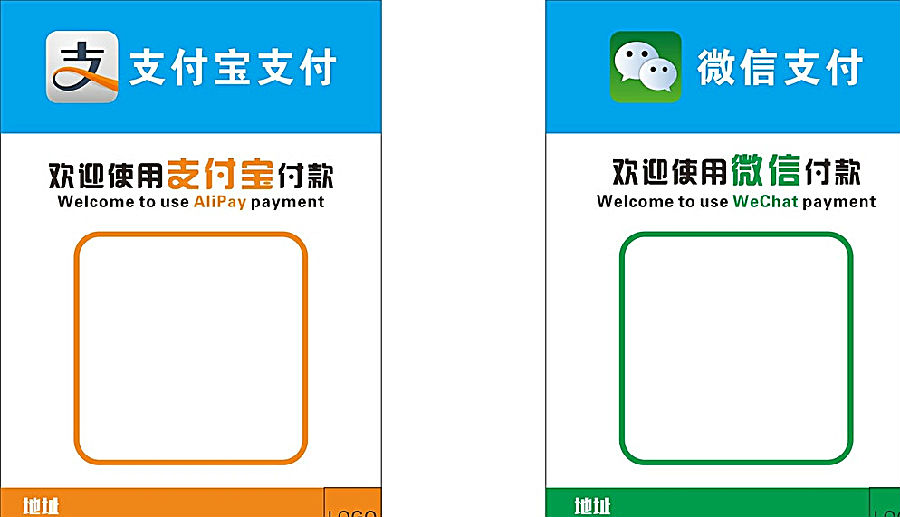Chinese shoppers are getting a taste of home – even as they jet to Japan to buy foreign goods. Japan's Kyodo News service reports that several major Japanese retailers are now allowing customers to use Chinese mobile payment services in their stores. The stores are catering to the more than 3 million mainland Chinese tourists who have visited Japan so far this year – and it's paying off.
中國消費者即便遠在日本,購買國外貨物時也能感受到祖國的氣息。據日本共同社報道,日本幾大主要零售商目前都已允許消費者在其店中使用中國手機支付服務。這些商店迎合了今年去日本游玩的三百多萬中國大陸游客的需求,并初見成效。
In July, the Japanese department store chain Takashimaya introduced WeChat Wallet at five of its stores. The online payment service offered by Chinese tech giant Tencent allows customers to pay by using their mobile phones to scan a QR code.
七月,日本百貨公司連鎖店高島屋在其五個分店中引進了微信錢包支付功能。此在線支付服務由中國科技巨人騰訊公司提供,使消費者能夠通過掃描二維碼用手機支付。

WeChat made its debut in Japan late last year as part of an ambitious effort to expand its overseas services. On June 7, Nikkei Business Daily reported that WeChat plans to make its payment services available in 10,000 Japanese stores by the end of 2016 to make shopping more convenient for Chinese visitors.
去年年底,微信首次被引進日本,成為其海外擴展宏圖的一部分。6月7日,日經產業新聞報道,微信計劃在2016年年末將微信支付功能普及到一萬家日本商店中,方便中國游客購物付款。
A Chinese shopper at Kintetsu department store's Osaka branch said that being able to use Chinese mobile payment methods at Japanese stores made her feel at ease. She said that not using cash for the transaction would free her from the hassle of waiting in long lines at the bank to exchange or withdraw money.
近鐵百貨公司大阪分店中的一位中國顧客稱,在日本商店中能夠使用中國手機支付功能讓她感覺很放松。她說交易過程中不需要使用現金,免去了在銀行排隊兌換貨幣或者取錢的麻煩。
Takashimaya, along with Kintetsu, also started letting customers use Alipay, the online payment platform of e-commerce conglomerate Alibaba, in five of its stores in February. At Kintetsu's flagship location in Osaka, daily revenues of around 600,000 yen, or 40,000 yuan, were paid by Alipay on average in the first two months after introducing the service. That's about 10 percent of the store's total duty-free revenues.
此外,二月份高島屋和近鐵百貨還允許消費者在其五個分店中使用支付寶--電子商務集團阿里巴巴的網上支付平臺。引進該服務的前兩個月,大阪近鐵百貨旗艦店中的日營業額平均有約60萬日元是通過支付寶支付的,合4萬人民幣。占該店免稅收入總額的10%左右。
The Japanese retailers' embrace of Alipay and WeChat Wallet is just one example of recent efforts to capitalize on booming Chinese demand, driven by rising disposable incomes and desire for sophisticated foreign goods. In June, Amazon Japan rolled out a Chinese-language version of its website, while shopping apps like Wandou cater specifically to Chinese consumers seeking Japanese goods.
日本零售商對支付寶和微信錢包的狂熱只是近期利用中國人巨大需求的事例之一,需求上升主要是因為人們可支配收入增加,并且渴望使用質量上乘的外國貨。六月,日本亞馬遜推出了該網頁的中文版本,而像豌豆這樣的購物軟件也專門迎合了搜尋日貨的中國顧客的需求。
Japan's Ministry of Economy, Trade and Industry predicts that e-commerce demand from China to Japan will reach 2.34 trillion yen, or US$22.5 billion, by 2019.
日本經濟產業省預測,到2019年,中國對日本的電子交易需求將達到2.34萬億日元,合225億美元。












